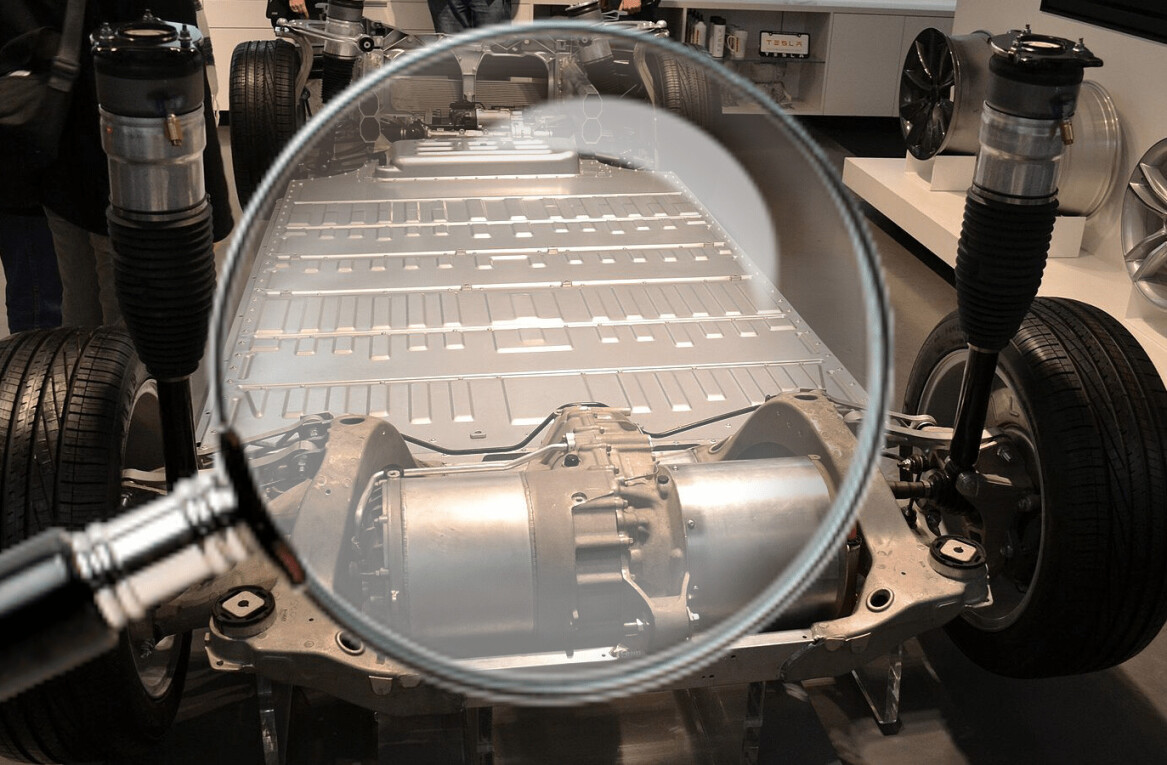This article was originally published by Christopher Carey on Cities Today, the leading news platform on urban mobility and innovation, reaching an international audience of city leaders. For the latest updates follow Cities Today on Twitter, Facebook, LinkedIn, Instagram, and YouTube, or sign up for Cities Today News.
The University of Tennessee-Chattanooga’s Center for Urban Informatics and Progress has been awarded a US$1.89 million grant from the US Department of Energy for a research project to create a new model for traffic intersections that reduces energy consumption.
Along with partners including the University of Pittsburgh, Georgia Institute of Technology, Oak Ridge National Laboratory and the City of Chattanooga, the three-year project aims to develop a dynamic adaptive traffic control system (ATCS) that reduces corridor-level fuel consumption by 20 percent while maintaining a safe and efficient transportation environment.
According to the US Department of Energy’s 2020 Transportation Energy Data Book, the transportation sector is responsible for more than 69 percent of petroleum consumption, while the Environmental Protection Agency says emissions from transportation account for about 28 percent of total US greenhouse gas emissions.
Mina Sartipi, Director at the University of Tennessee-Chattanooga’s Center for Urban Informatics and Progress, told Cities Today: “There’s a lot of optimization in traffic control system work, but none is focused on energy consumption.
“This project is all about connectivity. How we can use connected infrastructure and connected vehicles to improve adaptive traffic control systems. It is a very collaborative and integrated project – we’re all going to be working very closely on this.”
Smart corridor
The first year of the project will focus on the development of algorithms, followed by a simulation at the Oak Ridge National Laboratory. The final year will see everything laid out in a real-world environment in Chattanooga, using the existing two-kilometer MLK Smart Corridor.
The corridor – which was developed two years ago – has served as a test bed for research in smart city developments and connected vehicles. It also serves as programmable and flexible wireless infrastructure for different applications.
A network of sensors in combination with data analytics provide a means of monitoring and controlling city resources and infrastructure in real time. Additionally, the test bed supports a wide variety of data sources, computation capabilities and communications technologies for users.
“We chose an area that was very busy and incorporated different modes, like walking, biking and public transport. One of our busiest bus routes passes through it and there are electric car charging stations too. It’s kind of a sample of everything that’s happening in the city,” Sartipi said.
A 2012 National Traffic Signal Report Card found that inefficient traffic signals contribute to 295 million vehicle hours of traffic delay, accounting for 5-10 percent of all traffic-related delays.
Chattanooga Smart City Director, Kevin Comstock, said “Chattanooga is a city focused on embracing technology and innovation to create a safer and more efficient environment.
“Being supported and affirmed by the Department of Energy is an enormous vote of confidence in the direction we’re heading.”
SHIFT is brought to you by Polestar. It’s time to accelerate the shift to sustainable mobility. That is why Polestar combines electric driving with cutting-edge design and thrilling performance. Find out how.
Get the TNW newsletter
Get the most important tech news in your inbox each week.






